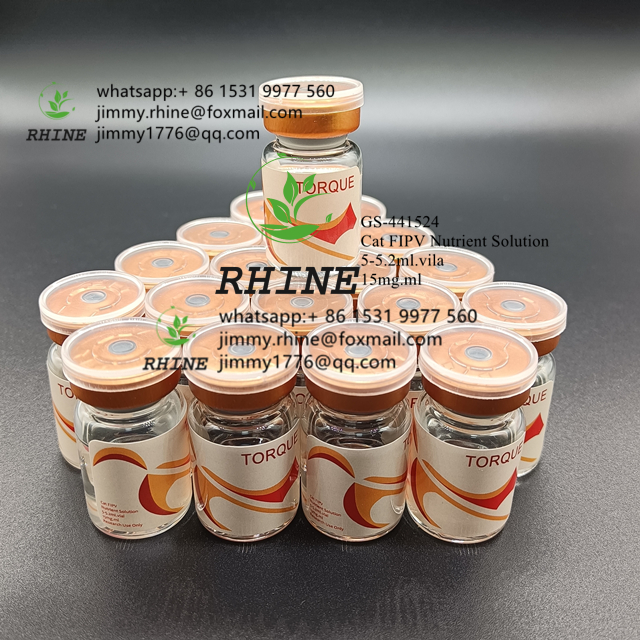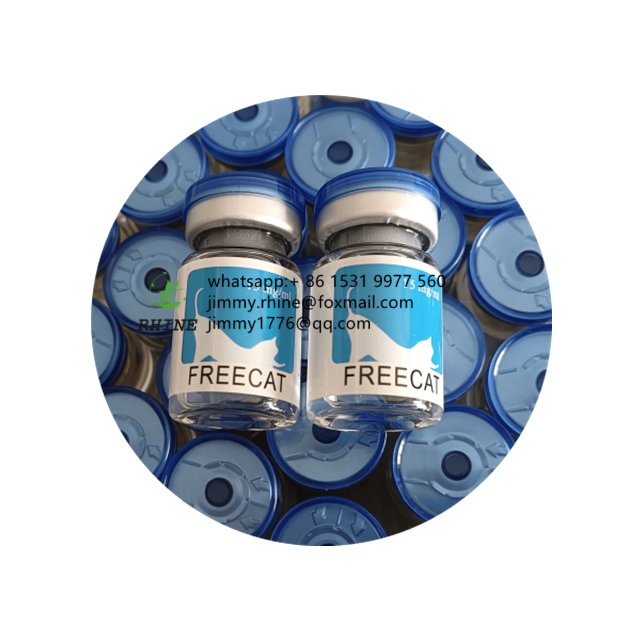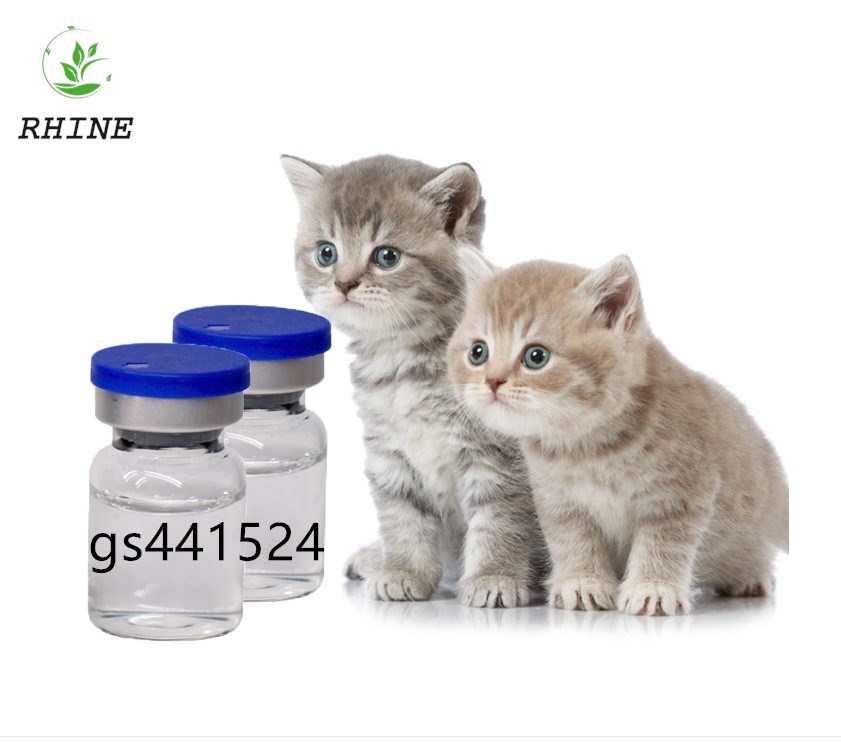High-yield cultivation techniques of winter melon
First, sowing seedlings
1. Seed treatment. Because of the thicker seed coat, winter melon seeds are not easy to absorb water, and should be soaked and germinated and seed disinfected before sowing. Soaking seeds with 50% carbendazim 250 times solution for 20 minutes, and preventing buckling disease at the seedling stage. The sterilized seeds are washed with water and then immersed for 5-6 hours, picked up for germination, and the germination temperature is preferably about 30 °C.
2, nursery. Sowing early in time, sowing from the end of January to the beginning of February. After the sowing, the film arch shed is used to cover the cold. When the seedling grows one leaf and one heart, it is transplanted into the nutrition bag. The size of the nutrition bag is 1518 cm. The nutrient soil is fertile soil which has not been planted with melon crops, and then covered with a film arch shed to protect against cold.
Second, colonization
1. Choose the land. Choose a new land that has not been planted with melon crops or has been planted for 3 to 5 years.
2, starting from the car, land preparation. It is made up of 110-120 cm, and the width of the ditch is 50 cm. There are ring grooves around the field to reach the ditch and communicate with each other.
3. Reasonable close planting. When the temperature is stable at 15 degrees Celsius or above, choose a sunny day for transplanting, and remove the nutrition bag when planting. Planted in a row, the plant spacing is 60-70 cm. 450-550 plants per mu, and root water after planting.
Third, fertilizer management
1. Apply enough base fertilizer. The base fertilizer is spread in the middle of the car when the car is being trimmed. Apply 2000-3000 kg of organic fertilizer per acre and 50 kg of superphosphate.
2, skillfully apply seedlings. When the seedlings grow 5-6 pieces of true leaves, the three elements (15% of N, P and K content) and 10-15 kg of compound fertilizer and 8-10 kg of urea are applied. Promote the spread of vines and increase the nutrient accumulation of plants. Conducive to the formation of female flowers and sitting on the melon. After the first female flower is opened, the fertilizer is controlled to control the water, preventing the length of the child. Preserved fruit.
3, heavy application of strong melon fertilizer. Strengthen fertilizer and water management when the fruit grows to 3-4 kg. Mu three elements (15% of N, P, K content) 15-20 kg of compound fertilizer, 10-15 kg of urea, and 8-10 kg of potassium chloride. Apply once every 10-15 days and apply for 4-5 times. Winter melon growth requires a large amount of water. It should be irrigated in time. In the morning, it should be poured into one-half of the height of the compartment to be drained after the whole compartment is wet, to keep the soil moist, and to avoid the accumulation of water during the rain.
Fourth, the frame and the whole vine.
After planting, when the seedling height is 50-60 cm, the frame will be led. The height is 60-70 cm. Remove all side vines before fruit setting, and leave 2-3 side vines when the fruit weight is 3-4 kg.
5. Artificial assisted pollination.
The flower of the melon is a monoecious flower. The artificial pollination is carried out to increase the rate of sitting. The method is to select the male flower that has just opened in the morning. After removing the petals, gently apply the anther to the head of the female flower.
Sixth, choose to keep the young melon.
The size of winter melon is related to the speed of the melon and the quality of the young melon. When staying in melons, choose to stay in the thick internodes of melons. Generally, choose between 2 and 3 upper and lower parts of the 21-27 internodes, and the whole body is covered with velvet and shiny melons. After sitting on the melon, when the diameter reaches 10 cm, the prepared melon is removed, and one vine is left.
7. Pest control.
1. Disease prevention and treatment. The main diseases of winter melon are blight and disease. A combination of cultivation control and chemical control is adopted for prevention and control.
(1) Cultivation control. It adopts 3-4 years of water and drought rotation with non-melon crops, increases the application of organic fertilizer, appropriately controls chemical nitrogen fertilizer, and increases the application of phosphorus and potassium fertilizer.
(2) Chemical control. At the beginning of the onset of wilt disease, roots were taken with 800 times liquid of Gua Ningning or 200 times of agricultural anti-120 or 70 times of 70% dixone. The disease should be prevented after heavy rain or heavy rain. It should be sprayed with 58% Rydmir or 72% gram of 600 times liquid or 12% copper rosinate 800 times.
2. Pest control. The main pests of winter melon are cockroaches, melons, melons and so on. For the prevention and treatment, high-efficiency and low-toxic pesticides are used for rotation. The cockroach is sprayed with 90% trichlorfon or 80% dichlorvos 600 times liquid. The melon licking horse should be prevented from sitting in front of the melon, and sprayed with 25% hydrazine 2000 times liquid or 1000 times liquid in good winter. The melon is sprayed with insects and killing stars or Ai Fuding No. 3 1500 times liquid spray or phoxim 800 times liquid after 4 pm.
Disclaimer: Some articles on this website are transferred from the Internet. If legal rights of third parties are involved, please inform this website. phone
Feline Infectious Peritonitis (FIP), referred to as Feline Infectious Peritonitis (FIP), is a fatal abnormal immune response that occurs in cats. It is caused by the mutation of the feline coronavirus carried by cats. As a high-incidence and fatal disease of pet cats, the current incidence of feline abdominal transmission is about 10%.

The symptoms of cats are usually divided into two categories, namely wet FIP and dry FIP, of which wet FIP accounts for the majority of all cases. About 70%, manifested as abdominal pleural effusion, abnormal bulging; dry FIP cats have different symptoms, depending on the type of organ affected by the virus.

So far, all feline feline feline treatments are based on the characteristics of the disease, and GS-441524 can play a role in the treatment of feline feline disease. Therefore, the therapeutic effect of GS-441524 is obviously more ideal, the dose used is less, the treatment cycle is shorter, and the efficacy, safety and convenience of operation are all good. Because of this, GS-441524 is considered by many pet owners and veterinarians to be a magic medicine that can effectively treat feline abdominal infection.

Gs 441524 Fip,Fip Treatment Gs441,Gs 441524 Fipv Cats,Gs 441524 For Fip
XI AN RHINE BIOLOGICAL TECHNOLOGY CO.,LTD , https://www.xianrhinebiotech.com